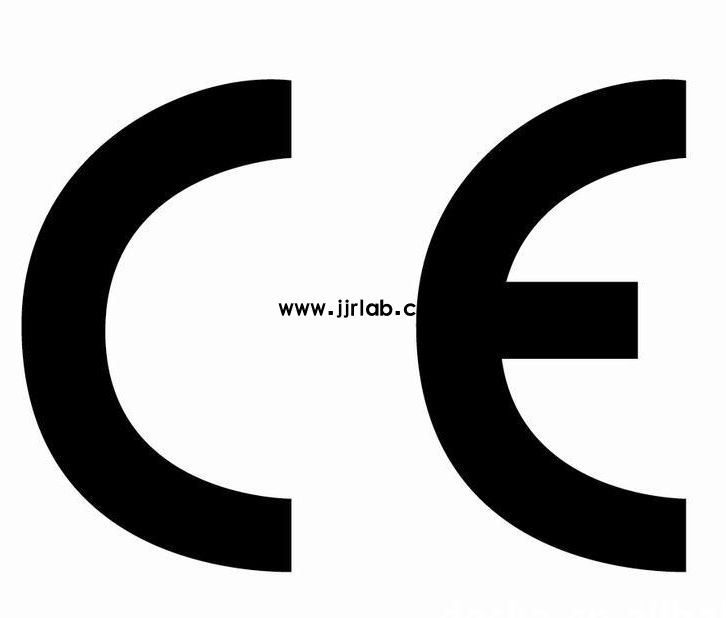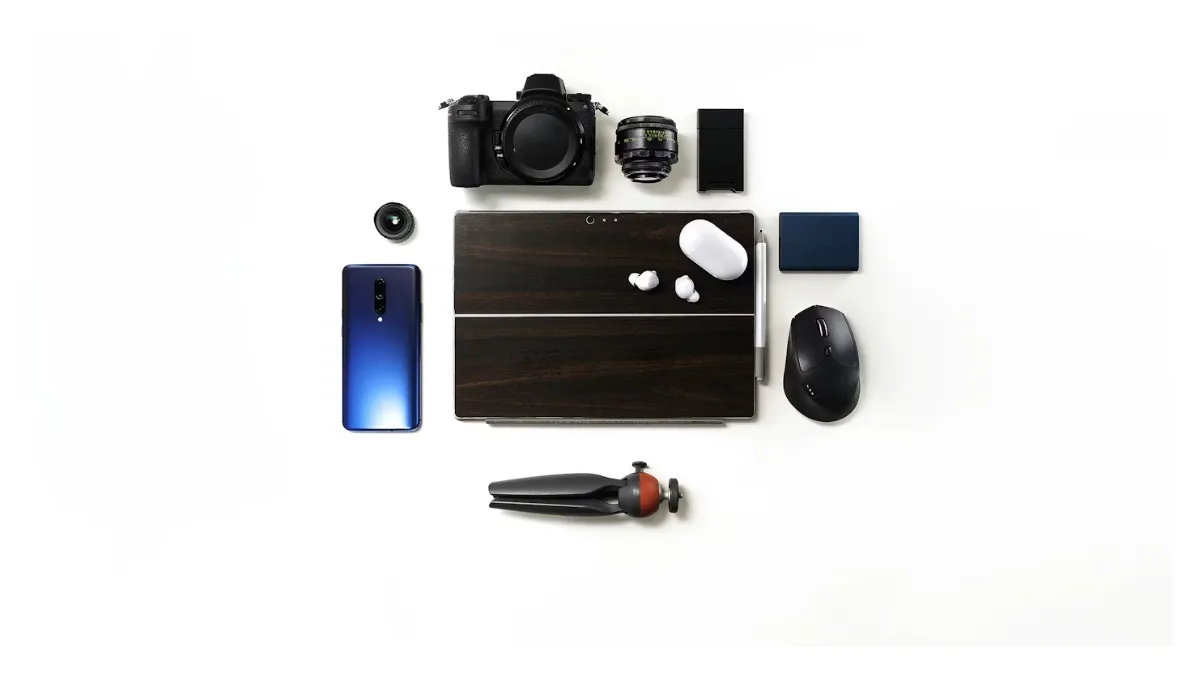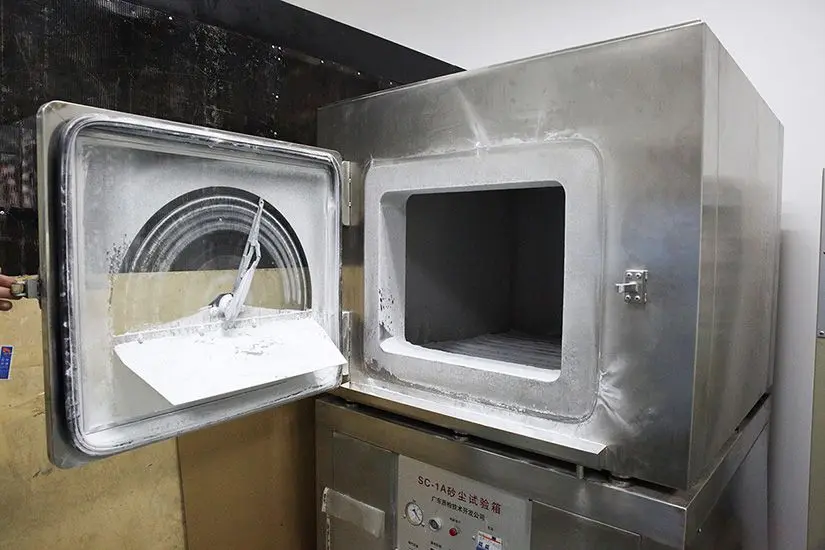
High Chair for Children ASTM F404-21 CPC Certification
A high chair is an independent seat designed for children under three years of age. The seat surface is more than 15 inches above the ground to elevate the child’s seating position, and it is commonly used during feeding. High chairs can be made from plastic, wood, or metal and typically feature padded seats. They come in styles with or without trays, and many offer adjustable height and recline features.
astm f404 is a standard established by the U.S. Consumer Product Safety Commission (CPSC) for high chairs. It outlines requirements for the safety performance, stability, durability, and other aspects of children’s high chairs.
Amazon requires all high chairs for children to be tested and comply with the following specific regULations or standards:
All of the following:
1. Consumer Product Safety Improvement Act (cpsia) – covers lead and phthalates;
2. Section 14(a)(5) of the Consumer Product Safety Act – related to tracking labels;
3. 16 CFR Part 1130 – concerning consumer registration requirements for durable infant or toddler products;
And at least one of the following (as applicable):
1. ASTM F404 – 21 Standard Consumer Safety Specification for High Chairs;
2. ASTM F404 – 20 Standard Consumer Safety Specification for High Chairs;
3. 16 CFR Part 1231 – Safety Standard for High Chairs.
ASTM F404 certification mainly applies to the following types of children’s products:
1. Traditional High Chairs: These include fixed or height-adjustable high chairs designed for children under 3 years old, used during feeding to secure the child in place. The seat surface is more than 15 inches above the floor.
2. Foldable/Portable High Chairs: These are convenient for travel and dining out, offering a safe seating option for children under 3 years old. They must also comply with ASTM F404 safety standards.
3. Multi-Function High Chairs: Products that can be converted for other uses, such as infant seats or learning chairs. As long as they are intended for children under 3 and function as high chairs, they are requiRED to meet ASTM F404 standards.
Key Content and Requirements of ASTM F404-21:
1. Tray integrity testing;
2. Stability testing to ensure the chair does not tip over in any direction;
3. Strength and integrity testing of the restraint system;
4. Testing of protrusion-protective components;
5. Requirements for passive crotch restraints to prevent children from slipping through the front or sides of the seat;
6. Leg opening requirements to prevent children from sliding out through openings;
7. Compliance with surface coating, lead content, small parts, testing and certification, registration cards, and tracking labels;
8. Surface coating: Paints used on high chairs must not contain more than 0.009% (90 ppm) lead. Lead content: The total lead content in any accessible part of the high chair must not exceed 100 ppm (0.01%).
Documents Required for ASTM F404-21 Certification:
1. Fill out the application form and provide product images and instruction manual to the staff;
2. Submit product samples for lab testing and arrange payment;
3. JJR laboratory engineers will conduct testing;
4. A draft report is issued for client confirmation upon passing the test;
5. Upon confirmation, the final official certification documents are issued.
Email:hello@jjrlab.com
Write your message here and send it to us
 Amazon ISO/IEC 17025 UL Testing Service Laboratory
Amazon ISO/IEC 17025 UL Testing Service Laboratory
 How to get CE Certification for Lighting Products?
How to get CE Certification for Lighting Products?
 CE Certification Standards & Process for Elect
CE Certification Standards & Process for Elect
 Japan METI Registration & Japanese Agent Servi
Japan METI Registration & Japanese Agent Servi
 Temperature Shock Test (IEC 60068-2-14:2009)
Temperature Shock Test (IEC 60068-2-14:2009)
 Electromagnetic Compatibility (EMC) Testing Servic
Electromagnetic Compatibility (EMC) Testing Servic
 Canada ISED Certification (IC Certification) Analy
Canada ISED Certification (IC Certification) Analy
 CSA C22.2 No.42 Compliance Test Report for Amazon
CSA C22.2 No.42 Compliance Test Report for Amazon
Leave us a message
24-hour online customer service at any time to respond, so that you worry!




